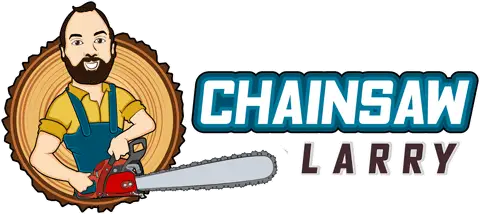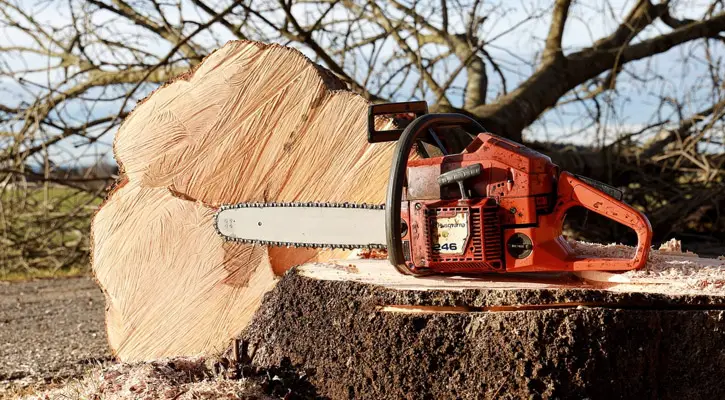Table of Contents
Are you new to using a chainsaw?
Or maybe just need a refresher on the proper chainsaw techniques?
If so, then this guide is here to help.
Below, you’ll find the best chainsaw techniques for beginners and advanced operators.
By the end, you’ll know how to cut logs, trees, and stumps like a pro.
To ensure that you’re staying safe and to reduce the chances of seriously hurting yourself, knowing proper chainsaw cutting techniques is crucial.
Also, having the best tools for the job will make things a lot easier.
If you need a new chainsaw, be sure to check out my list of the best rated chainsaws here. It includes the top models available today.
Also, if you need a smaller gas chainsaw for quick jobs, be sure to visit my small and lightweight guide to find the lightest chainsaw models.
The next few sections break down the various techniques you can use a chainsaw for and explain how to do them properly and safely.

Proper Chainsaw Techniques
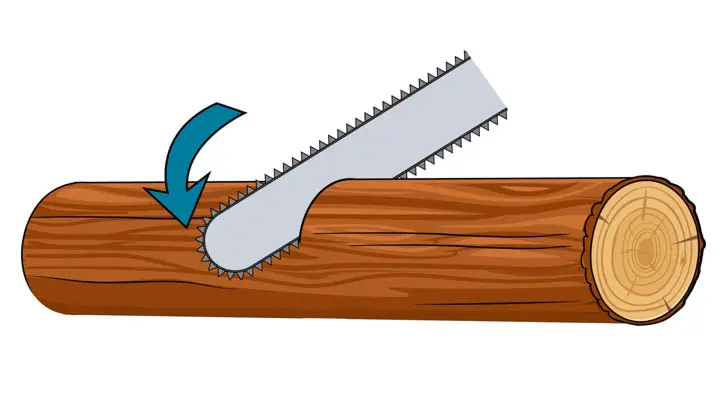
1. Overbucking (Overcutting Chainsaw Technique)
Overbucking, also referred to as overcutting, is the most used technique for cutting wood.
It’s the act of cutting down through the top of a log or branch that’s sitting horizontally.
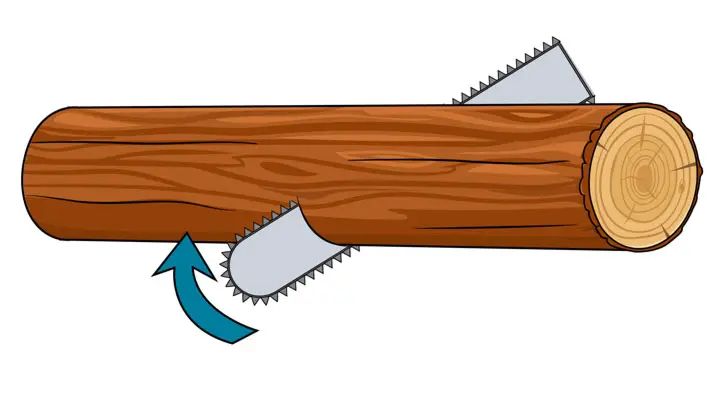
2. Underbucking (Undercutting Chainsaw Technique)
Underbucking, also called undercutting, is the opposite of overbucking and you’ll use about 2/3 of the time when cutting wood.
This cut is accomplished by cutting up through the underside of the log or branch that’s sitting horizontally.
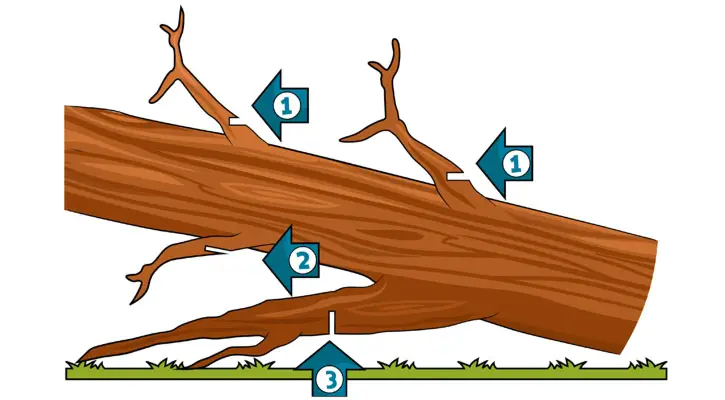
3. Limbing Trees Technique
Limbing is the process of using a chainsaw to remove limbs from a tree that has fallen over or is lying on the ground.
You want to exercise caution when limbing trees to reduce the risk of injury.
Here are the steps to accomplish this task:
- Cut the limbs and branches on the top side of the tree that are not bearing any weight.
- Cut the smaller limbs on the underside of the tree that aren’t supporting the log’s weight.
- Inspect the other limbs and determine which way the log will roll or collapse when these are removed.
- Once you have determined which way the tree might roll, you can then start cutting the limbs that are supporting the tree.
It’s often best to use the undercutting chainsaw technique to reduce the chances of the chainsaw getting pinched or stuck during a cut.
Keep in mind that you might have to move out of the way quickly if the tree gets loose, so be prepared to jump.

4. Pruning Trees Technique
Pruning is similar to limbing with the only difference being that the tree will be upright, not horizontal on the ground.
A word of caution: don’t cut large branches that are above chest height. This is incredibly dangerous and could lead to injury.
Once you have determined which branches need to be pruned, follow these steps:
- Make sure you have stable, firm footing and your work area is clear.
- Underbuck the branch about one foot from the trunk and cut 1/3 of the way through.
- Overbuck the branch about 2 to 4 inches away from the underbuck cut to remove some of the branch’s load and allow it to fall and swing toward the tree trunk.
- Make the final cut, which will be an overbuck that’s as close to the trunk of the tree as possible to remove the remaining branch stub.
Pruning branches as close to the trunk as possible ensures that the bark will be able to grow back and seal the tree so that it remains healthy and grows strong.
5. Cutting a Log on the Ground Technique
When a log is on the ground, you can use the overbucking technique to cut it.
Here’s how to accomplish that task:
- Start cutting from the top of the log, applying light pressure to the chainsaw.
- The chainsaw should do the work, and the teeth should pull the chain bar into the wood.
- Don’t let the guide bar nose or chain touch the ground or other objects. This could cause a kickback or dull the chain.
If the guide bar happens to get stuck in the log, there are some things you can do to get it out:
- First, turn off the chainsaw.
- Next, drive a wedge (plastic or wooden) into the cut with a hammer.
- Finally, as the wood releases the chainsaw, pull it out of the log.
Once the chainsaw is free, you can then start it again and finish the cut with the same downward motion you used before.

6. Cutting a Log Supported on Both Ends (Cross Cutting Technique)
When it comes to cutting a log that’s supported on both ends, you’ll want to use the cross cutting technique.
This applied whether you’re cutting a log that’s on a sawhorse or out in the field resting on other types of supports.
The reason you want to use this method instead of just overbucking or underbucking is that as you cut the wood, the bow downward toward the area being cut.
And the cross cutting chainsaw technique will prevent your tool from getting bound (pinched) inside the wood.
- To start the cross cutting chainsaw technique, cut about 1/3 of the way into the log from the top.
- Next, use the underbucking technique to cut into the log from the underside and cut upward until you reach the first cut.
- As you get closer to the top cut, the weight of the wood should cause the log to split in half and fall downward.
A word of caution when using the cross cutting chainsaw method: the chainsaw will try to push back at you.
Be ready for this force and keep a firm hold on the equipment. Don’t pull too hard when making your cut. If you do, when it gets free from the wood, you could wind up hitting yourself.
Also, keep your feet free and clear from the path of the fallen log pieces so you don’t get injured.
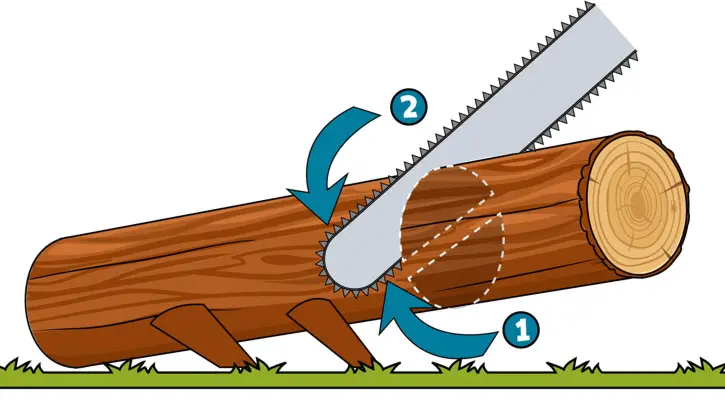
7. Cutting a Log Supported on One End Technique
When it comes to cutting a log that’s supported on one end, you’ll want to begin by cutting 1/3 of the way through the log using the underbucking technique.
Then, you’ll cut it from the top to ensure that the blade doesn’t get pinched.
Make sure you know where the log is going to fall so that you aren’t in the way when it does.
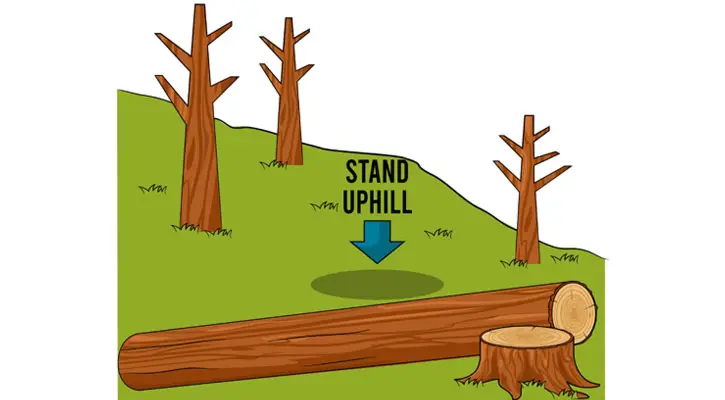
8. Cutting a Log on a Hill Technique
If you find yourself cutting a log on a hill, make sure you stand on the upslope side.
This position will ensure that you don’t get injured by the felled tree if it rolls down the hill.
Then, use one of the appropriate chainsaw techniques listed above to perform the correct and safest cut.
9. Chainsaw Stump Cutting Techniques
There are several techniques to cut a tree stump; however, this method is the easiest and most fool-proof.
To remove as much of the stump from the ground as possible, follow these steps:
- Remove as much dirt from around the stump as possible. Consider using a power washer or hose to help get rid of the debris. This will give you more clearance for you chainsaw and remove things that can damage or dull your chain.
- Consider using an old chain for this work. Working this close to the ground, it’s bound to get beat up.
- Make a horizontal cut as close to the ground as possible. Go slow and keep the chainsaw steady.
- If you find that the chainsaw chain is getting pinched, use a wedge to keep a separation between the top and bottom layers of wood.
Summary of Proper Chainsaw Techniques
Hopefully, you found these techniques for using a chainsaw to be exactly what you were looking for.
As you learned, most methods for cutting logs, trees, and branches include some combination of overbucking and underbucking.
By using these proper chainsaw cutting techniques, you should be able to take care of most common tree cutting jobs.
One thing to keep in mind is that you always want to use a chainsaw that’s at least 2 inches longer than the wood you’re going to cut. This clearance gives the blade enough room to help prevent a sudden kickback from the nose getting nicked.
In most cases, a 16 inch or 18 inch chainsaw is the most universal tool out in the field.
If you don’t own a chainsaw of these lengths, I invite you to visit my best 16 inch chainsaw guide and best 18 inch chainsaw guide to find the right tool for your needs.
Those pages include the top chainsaws in every type for those lengths: gas, battery, and electric.
I hope you found this guide on chainsaw techniques to be helpful.
Happy sawing!
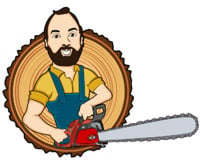
Your pal,
Chainsaw Larry
